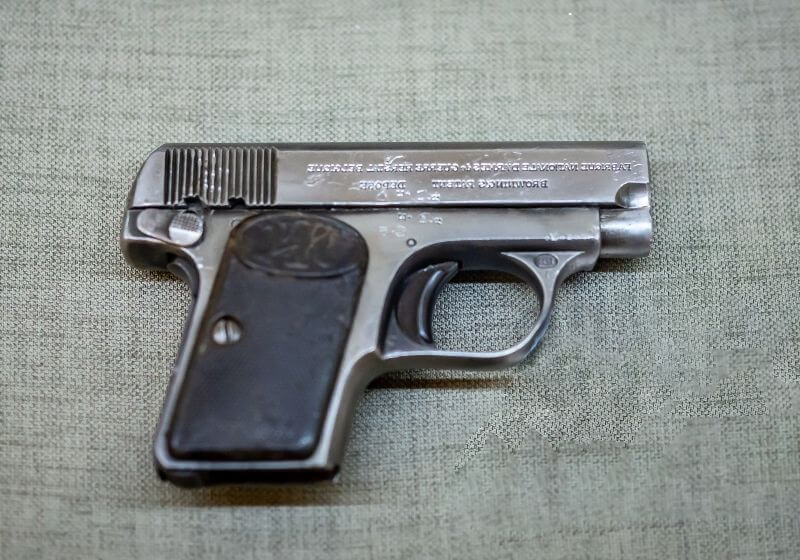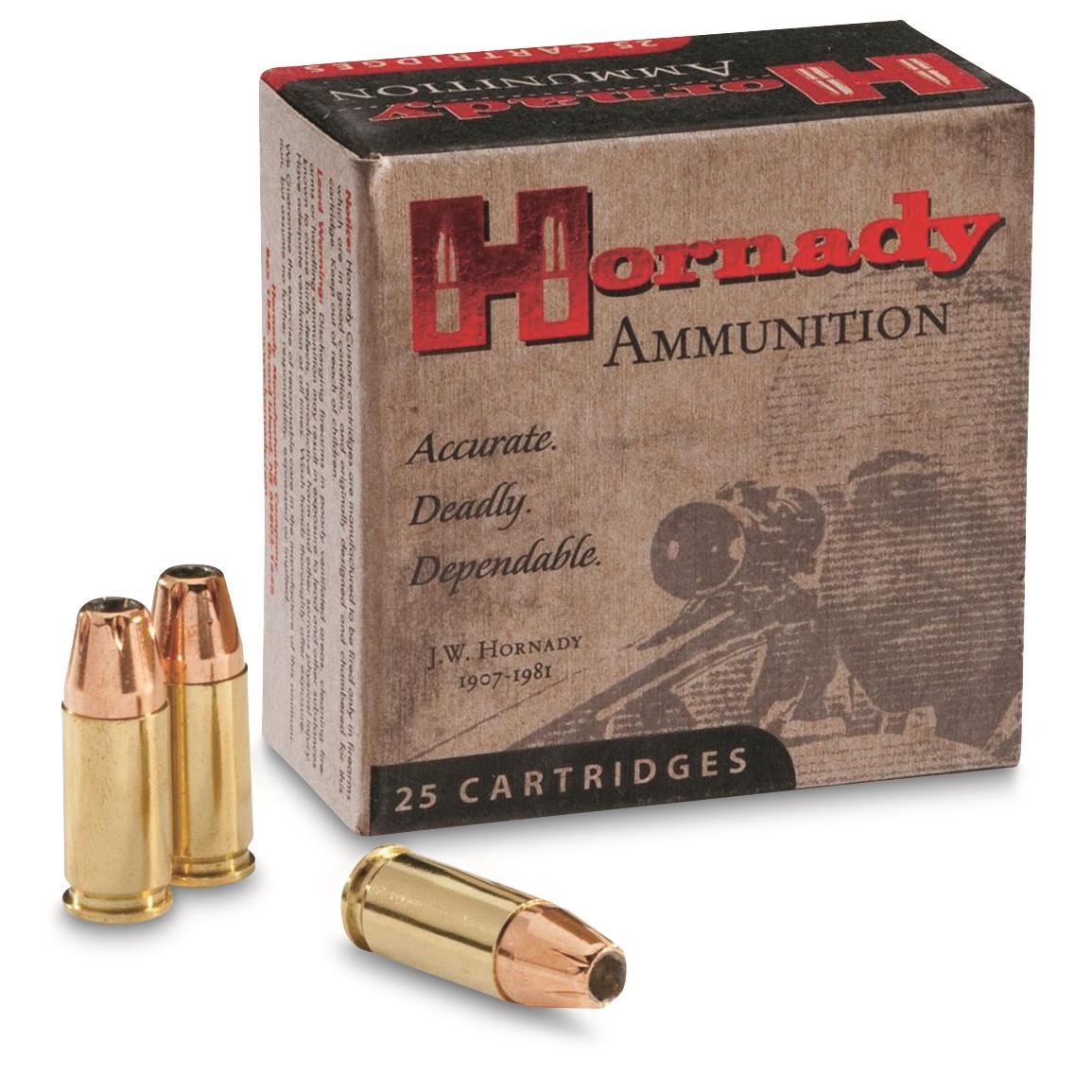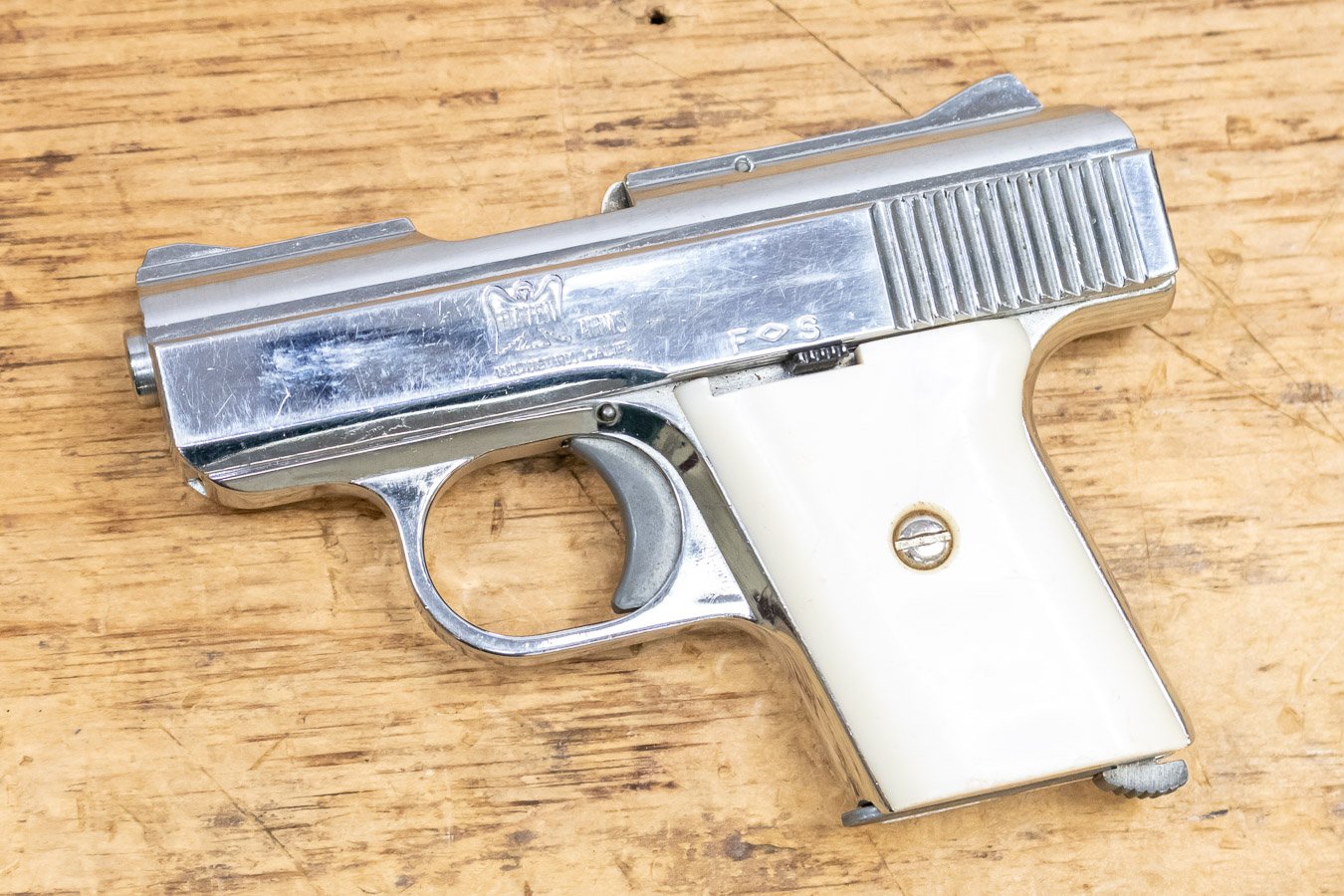Comprehensive Guide To .25 Caliber Pistols: Everything You Need To Know
The .25 caliber pistol has long been a popular choice among firearms enthusiasts and collectors alike. This small yet effective firearm offers unique advantages and considerations that make it an interesting subject for discussion. In this article, we will delve into the world of .25 caliber pistols, exploring their history, applications, and significance in modern times.
From their humble beginnings to their current role in personal defense and sport shooting, .25 caliber pistols have carved out a niche in the firearms industry. Whether you're a beginner looking to learn about these compact firearms or an experienced shooter seeking detailed insights, this guide has something for everyone.
Join us as we uncover the intricacies of .25 caliber pistols, providing you with the knowledge and confidence to make informed decisions about these firearms. Let's dive into the fascinating world of .25 caliber handguns and discover why they continue to captivate firearm enthusiasts worldwide.
Read also:Were Here Kpkuang The Ultimate Guide To Understanding And Embracing The Trend
Table of Contents
- The History of .25 Caliber Pistols
- Key Features of .25 Caliber Pistols
- Variations and Types of .25 Caliber Pistols
- Applications of .25 Caliber Pistols
- Advantages of Using .25 Caliber Pistols
- Disadvantages and Limitations
- Maintenance and Care Tips
- Legal Considerations and Regulations
- Safety Measures When Handling .25 Caliber Pistols
- Conclusion
The History of .25 Caliber Pistols
The origins of the .25 caliber pistol can be traced back to the late 19th century when firearms manufacturers began experimenting with smaller caliber ammunition. The development of the .25 Automatic Colt Pistol (ACP) cartridge by John Moses Browning in 1905 marked a significant milestone in the evolution of these firearms.
Initially designed for personal defense, the .25 ACP quickly gained popularity due to its compact size and ease of concealment. Firearms manufacturers such as Colt, Smith & Wesson, and Beretta capitalized on this trend, producing a wide range of .25 caliber pistols that catered to both civilian and military markets.
Throughout the 20th century, the .25 caliber pistol remained a staple in the firearms industry, with technological advancements enhancing their performance and reliability. Today, these firearms continue to be a popular choice for concealed carry and recreational shooting.
Historical Milestones in .25 Caliber Pistol Development
- 1905: Introduction of the .25 ACP cartridge by John Moses Browning.
- 1910: Production of the first commercially successful .25 caliber pistol, the Colt Model 1903 Pocket Hammerless.
- 1920s: Adoption of .25 caliber pistols by law enforcement agencies worldwide.
- 1980s: Emergence of modern polymer-framed .25 caliber pistols, offering improved ergonomics and durability.
Key Features of .25 Caliber Pistols
Understanding the unique characteristics of .25 caliber pistols is essential for anyone considering purchasing one. These firearms are renowned for their compact size, lightweight design, and ease of concealment, making them ideal for personal defense and concealed carry applications.
In addition to their small size, .25 caliber pistols are known for their manageable recoil and relatively quiet operation. These features make them an excellent choice for novice shooters and those seeking a low-profile firearm for self-defense purposes.
However, it's important to note that .25 caliber pistols are not without their limitations. Their stopping power is generally considered inferior to larger caliber firearms, and their accuracy at longer ranges can be compromised due to the lightweight ammunition.
Read also:Misa Campo Net Worth
Key Features of .25 Caliber Pistols
- Compact and lightweight design
- Low recoil and manageable operation
- Ideal for concealed carry and personal defense
- Quiet operation with minimal muzzle flash
Variations and Types of .25 Caliber Pistols
The firearms industry offers a wide range of .25 caliber pistols, catering to various needs and preferences. From classic designs to modern innovations, there is a .25 caliber pistol to suit every shooter's requirements.
Popular .25 Caliber Pistol Models
- Colt Model 1903 Pocket Hammerless
- Beretta Model 21
- Smith & Wesson Model 342
- Ruger LCP II
- Walther PPK/S
Each of these models brings its own set of advantages and disadvantages, making it crucial for potential buyers to research and test various options before making a purchase. Factors such as ergonomics, reliability, and availability of accessories should all be considered when selecting a .25 caliber pistol.
Applications of .25 Caliber Pistols
While .25 caliber pistols are primarily associated with personal defense and concealed carry, they also serve other purposes in the world of firearms. Their versatility and adaptability make them suitable for a variety of applications, from recreational shooting to competitive target practice.
For novice shooters, .25 caliber pistols provide an excellent platform for learning the fundamentals of firearms handling and marksmanship. The reduced recoil and manageable operation allow beginners to develop confidence and skill without the intimidation of larger caliber firearms.
In addition to personal defense and training, .25 caliber pistols are also used in various shooting sports and competitions. Their accuracy and consistency make them a popular choice among enthusiasts participating in events such as bullseye shooting and small-bore target practice.
Advantages of Using .25 Caliber Pistols
There are several compelling reasons why .25 caliber pistols remain a popular choice among firearms enthusiasts. Below, we explore some of the key advantages of these compact firearms:
Top Advantages of .25 Caliber Pistols
- Compact and lightweight design for easy concealment
- Low recoil and manageable operation, ideal for novice shooters
- Affordable ammunition and maintenance costs
- Quiet operation with minimal muzzle flash
- Wide range of models and accessories available
These advantages make .25 caliber pistols an attractive option for those seeking a reliable and affordable firearm for personal defense, training, and recreational shooting.
Disadvantages and Limitations
Despite their many benefits, .25 caliber pistols are not without their drawbacks. Understanding these limitations is crucial for making an informed decision when considering the purchase of one of these firearms.
One of the most significant disadvantages of .25 caliber pistols is their relatively weak stopping power compared to larger caliber firearms. This can be a concern for those relying on these firearms for personal defense in high-risk situations. Additionally, the accuracy of .25 caliber pistols at longer ranges can be compromised due to the lightweight ammunition and short barrel length.
Maintenance and reliability issues can also arise with certain models, particularly older designs that may require more frequent cleaning and upkeep. It's essential to choose a reputable manufacturer and model to minimize these potential problems.
Common Limitations of .25 Caliber Pistols
- Limited stopping power compared to larger caliber firearms
- Reduced accuracy at longer ranges
- Potential maintenance and reliability issues
- Smaller magazine capacity in some models
Maintenance and Care Tips
Proper maintenance and care are essential for ensuring the longevity and reliability of your .25 caliber pistol. Regular cleaning and inspection can help prevent malfunctions and extend the lifespan of your firearm.
Begin by familiarizing yourself with the manufacturer's recommended maintenance procedures and guidelines. This typically includes disassembling the firearm, cleaning the barrel and internal components, and applying a suitable lubricant to moving parts.
In addition to regular cleaning, it's important to store your .25 caliber pistol in a secure and dry location, away from moisture and extreme temperatures. This will help prevent rust and corrosion, ensuring your firearm remains in optimal condition for years to come.
Essential Maintenance Tips for .25 Caliber Pistols
- Follow the manufacturer's recommended maintenance procedures
- Disassemble and clean the firearm regularly
- Apply a suitable lubricant to moving parts
- Store the firearm in a secure and dry location
Legal Considerations and Regulations
Before purchasing a .25 caliber pistol, it's important to familiarize yourself with the legal considerations and regulations governing firearms in your jurisdiction. Laws and restrictions can vary significantly from country to country and even between states or provinces.
In the United States, for example, federal law requires individuals to be at least 21 years old to purchase a handgun from a licensed dealer. Additionally, many states impose their own regulations regarding the sale, possession, and transportation of firearms, including .25 caliber pistols.
International laws governing firearms can be even more complex, with some countries imposing strict restrictions on the ownership and use of firearms. It's essential to research and comply with all applicable laws and regulations to avoid legal complications.
Key Legal Considerations for .25 Caliber Pistols
- Age restrictions for purchasing handguns
- State and local regulations governing firearms
- International laws and restrictions on firearm ownership
- Licensing and registration requirements
Safety Measures When Handling .25 Caliber Pistols
Firearm safety should always be a top priority when handling .25 caliber pistols or any other type of firearm. Following established safety protocols can help prevent accidents and ensure a safe and enjoyable shooting experience.
Begin by familiarizing yourself with the basic rules of firearm safety, such as always keeping the gun pointed in a safe direction, keeping your finger off the trigger until ready to shoot, and keeping the firearm unloaded until ready to use.
In addition to these fundamental principles, it's important to practice proper handling techniques and maintain situational awareness at all times. This includes being mindful of your surroundings, ensuring a safe backstop, and wearing appropriate eye and ear protection when shooting.
Essential Safety Measures for .25 Caliber Pistols
- Always keep the gun pointed in a safe direction
- Keep your finger off the trigger until ready to shoot
- Keep the firearm unloaded until ready to use
- Practice proper handling techniques and situational awareness
Conclusion
In conclusion, .25 caliber pistols offer a unique combination of compact size, manageable operation, and affordability that makes them a popular choice among firearms enthusiasts. Whether you're a novice shooter looking to learn the basics of firearms handling or an experienced shooter seeking a reliable concealed carry option, there is a .25 caliber pistol to suit your needs.
While these firearms have their limitations, particularly in terms of stopping power and accuracy at longer ranges, their advantages far outweigh their drawbacks for many users. By understanding the key features, applications, and maintenance requirements of .25 caliber pistols, you can make an informed decision about whether one of these firearms is right for you.
We invite you to share your thoughts and experiences with .25 caliber pistols in the comments section below. Additionally, don't forget to explore our other articles on firearms and shooting sports for more valuable insights and information. Thank you for reading, and happy shooting!


